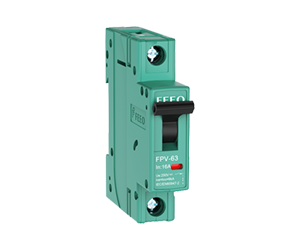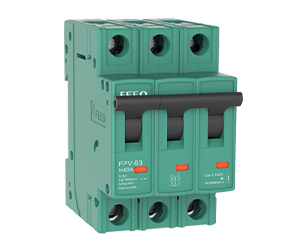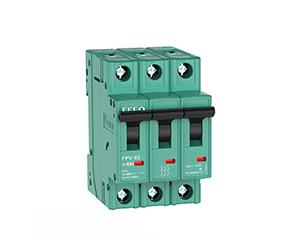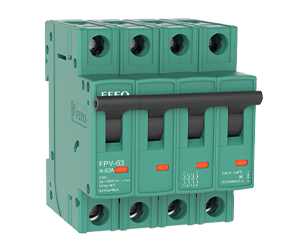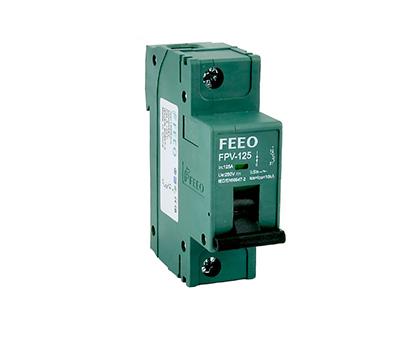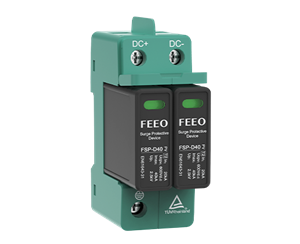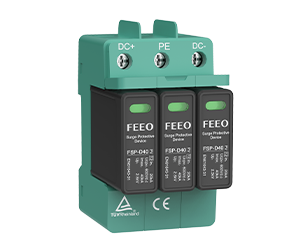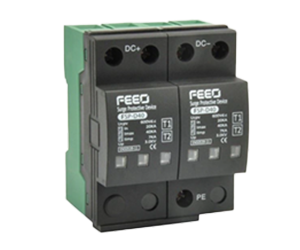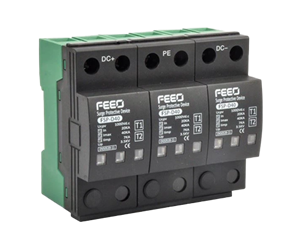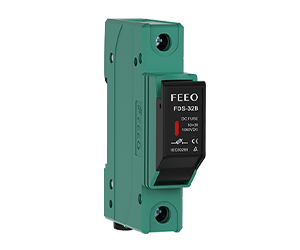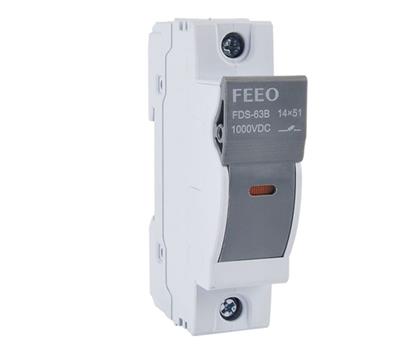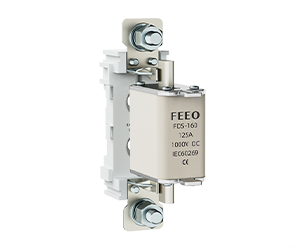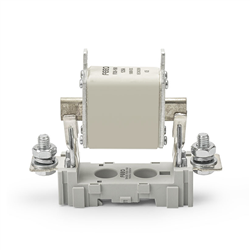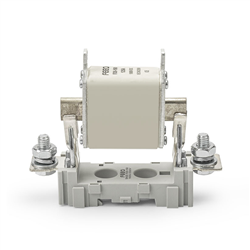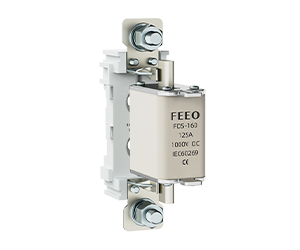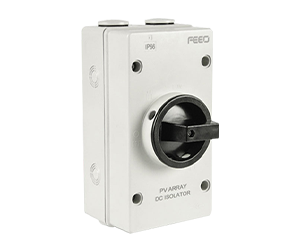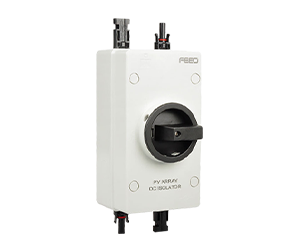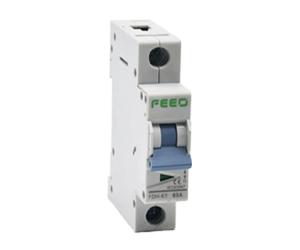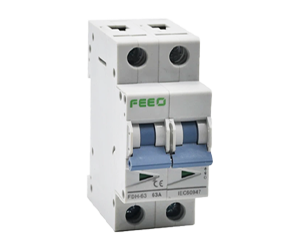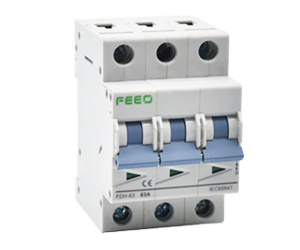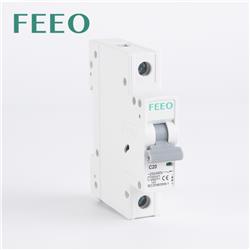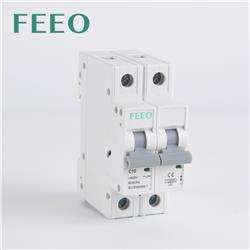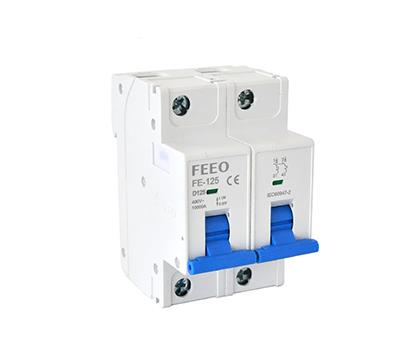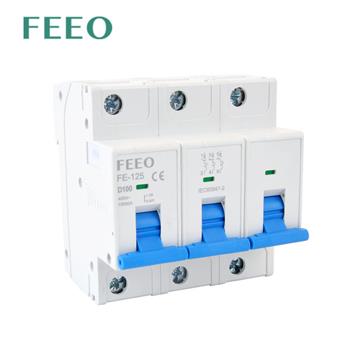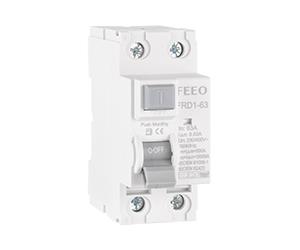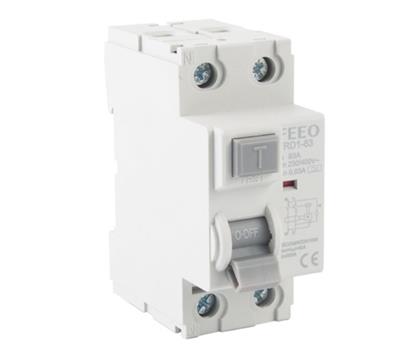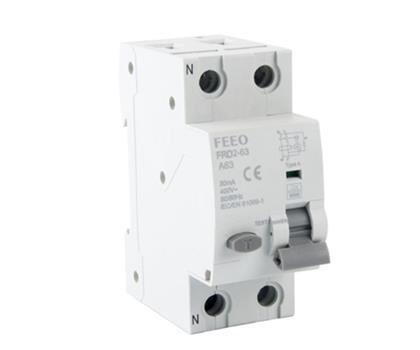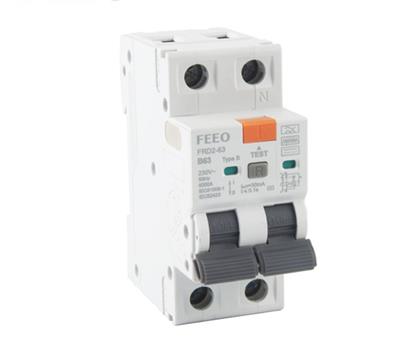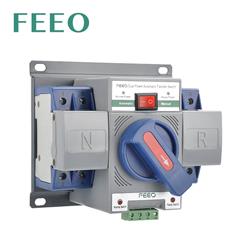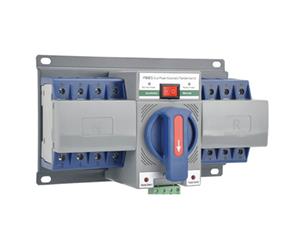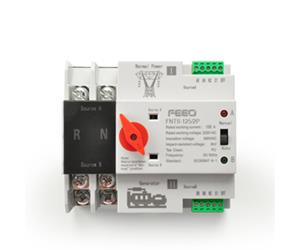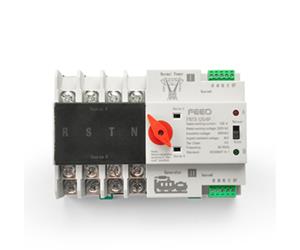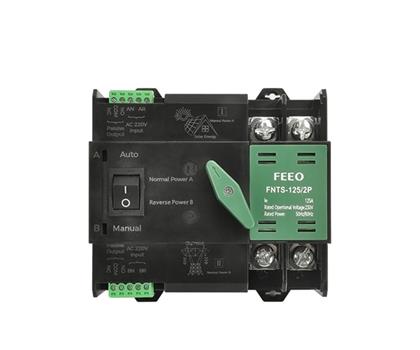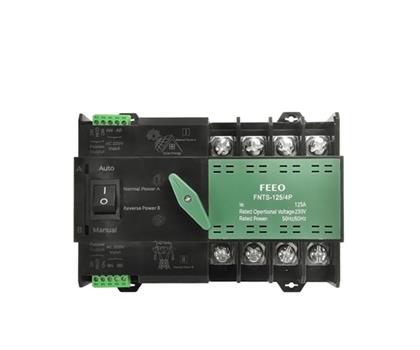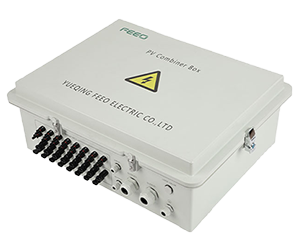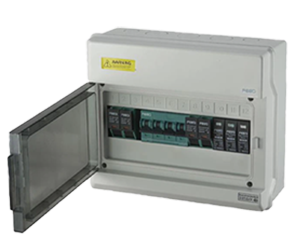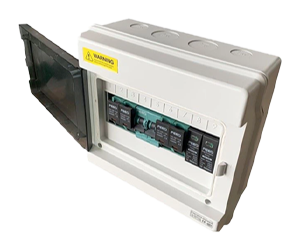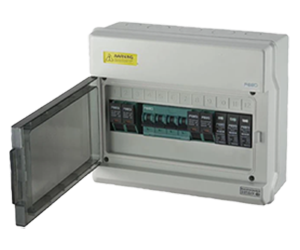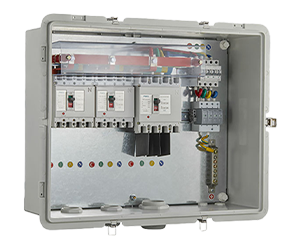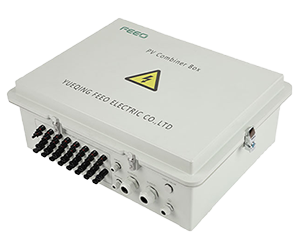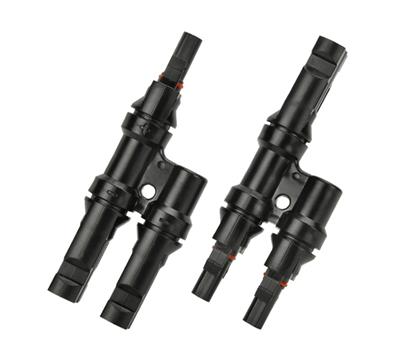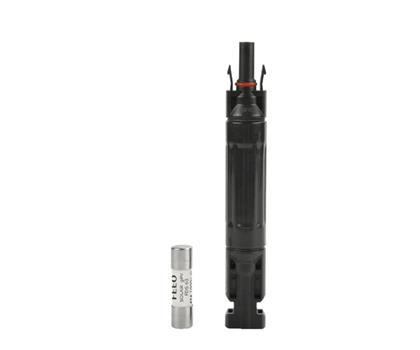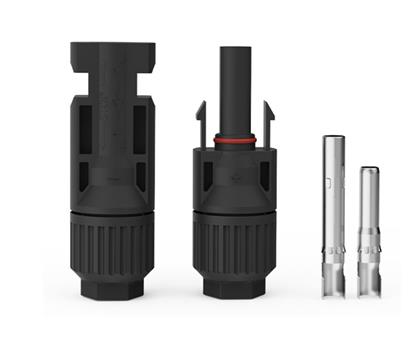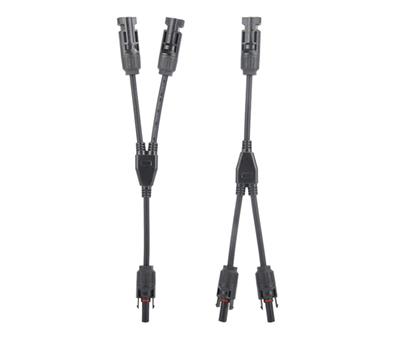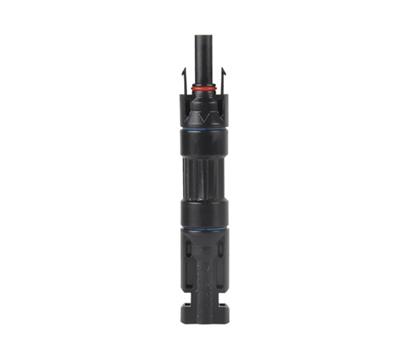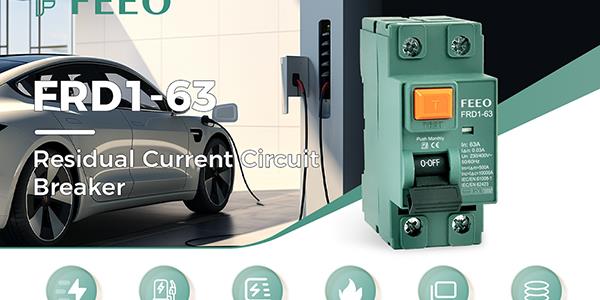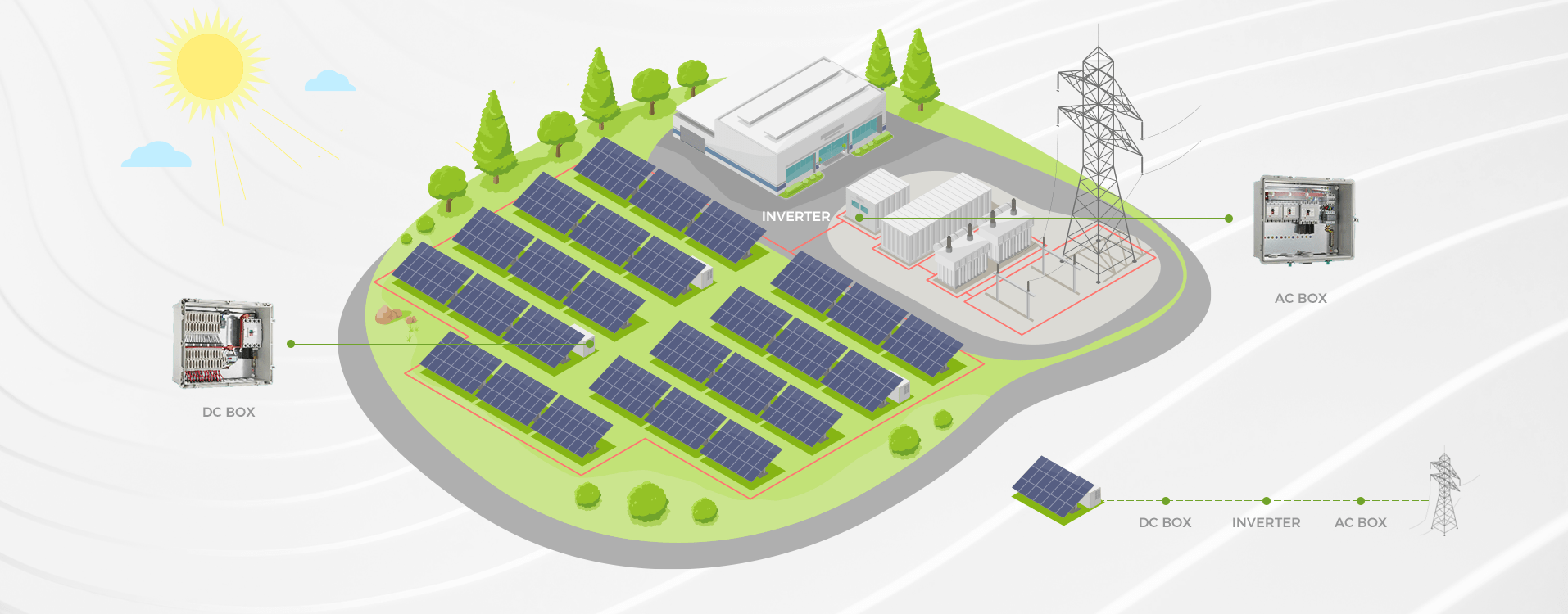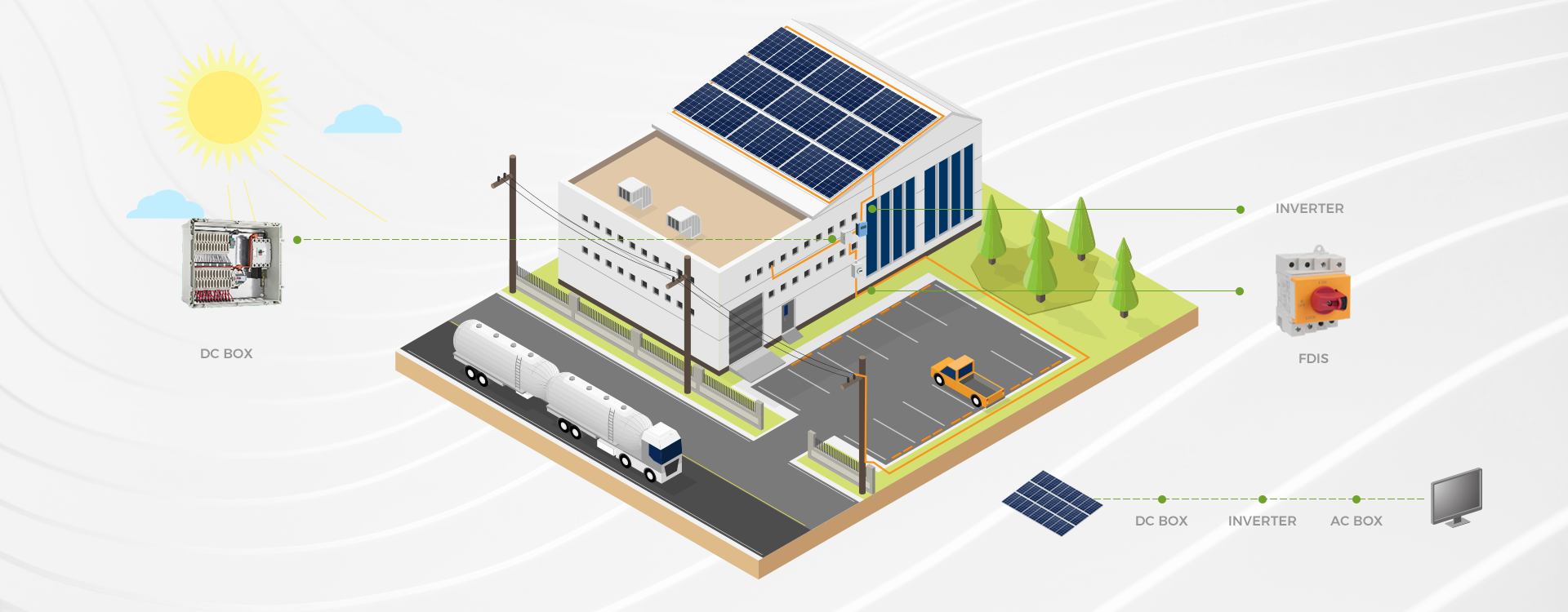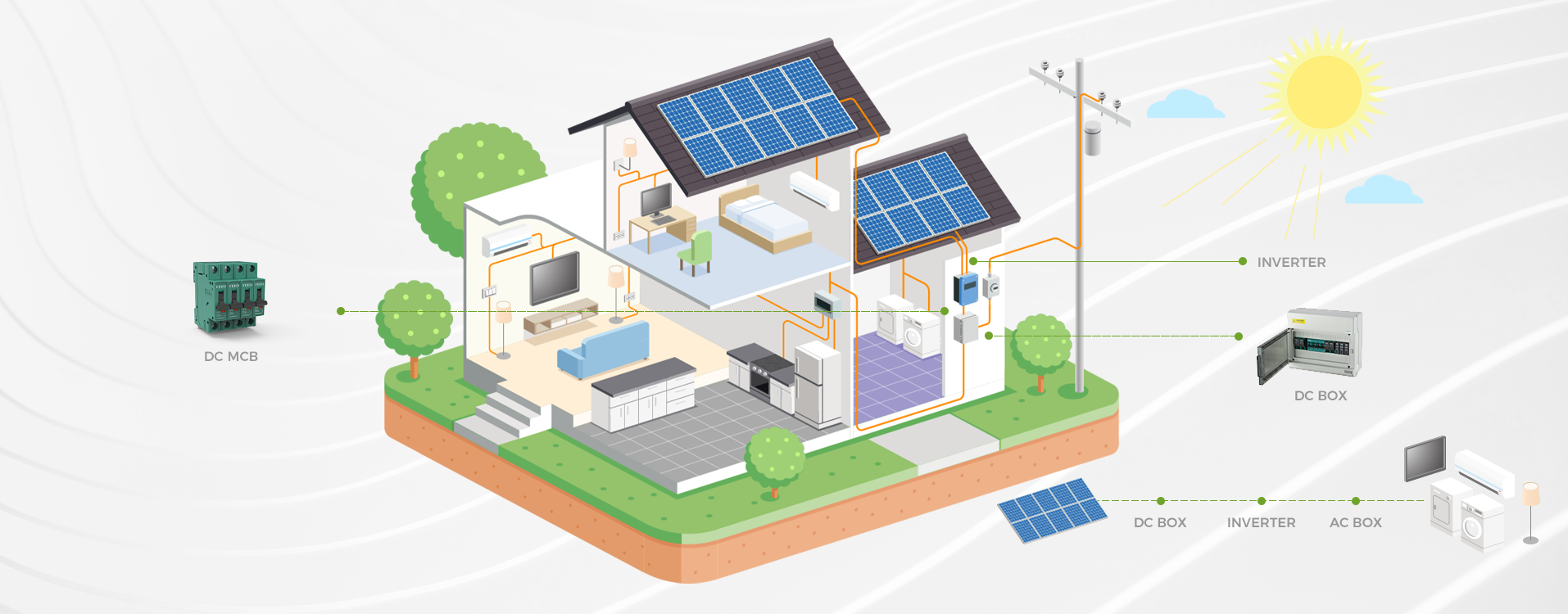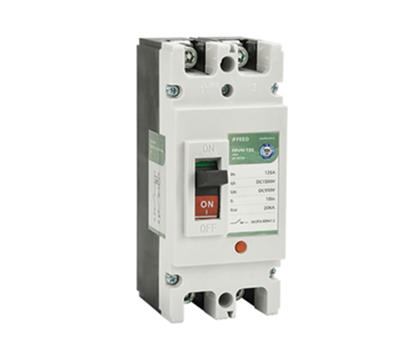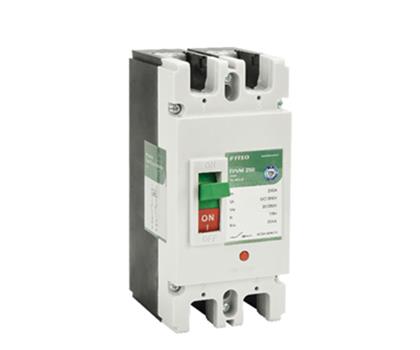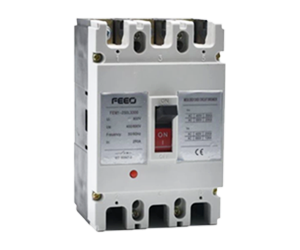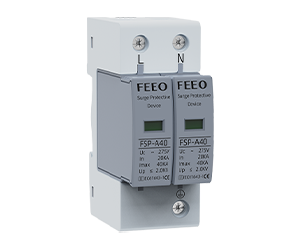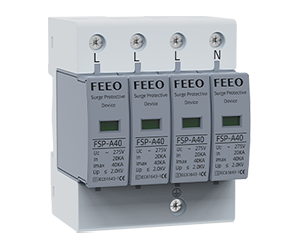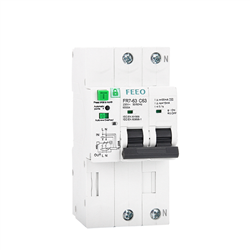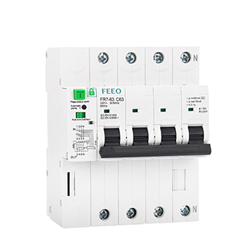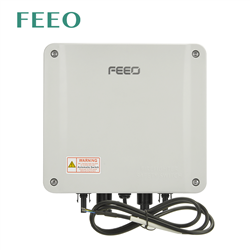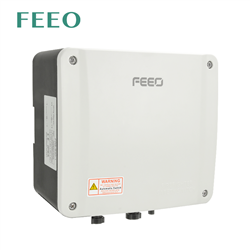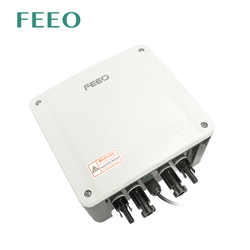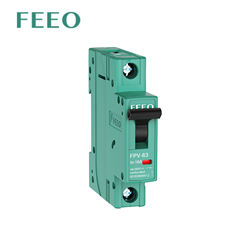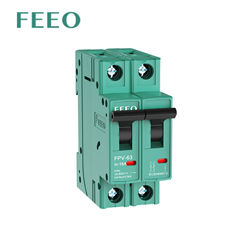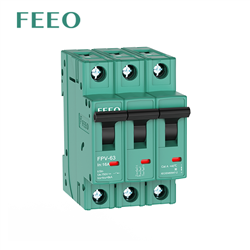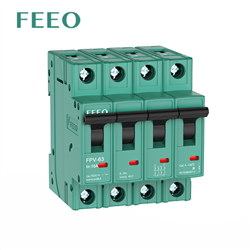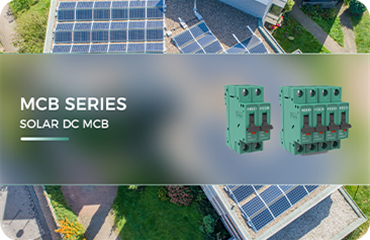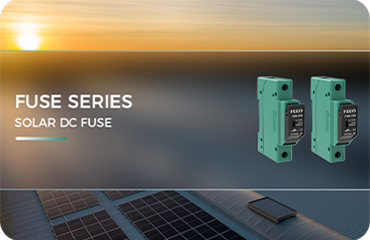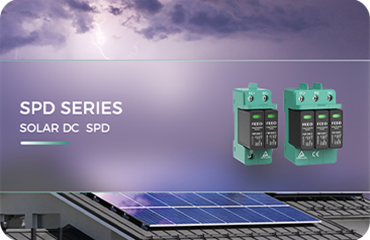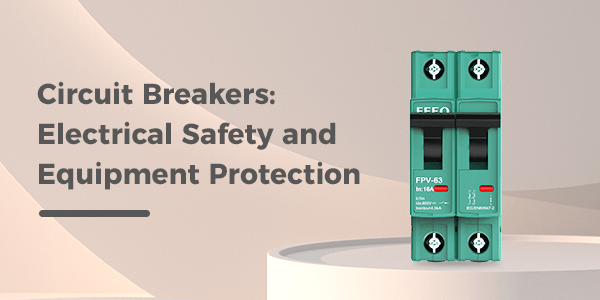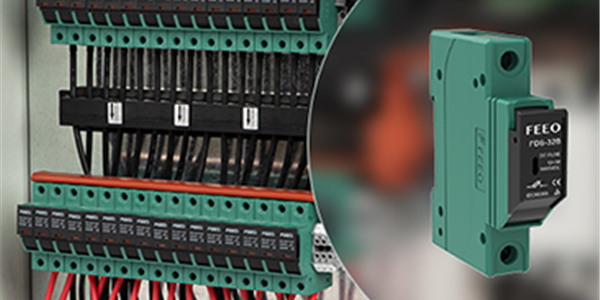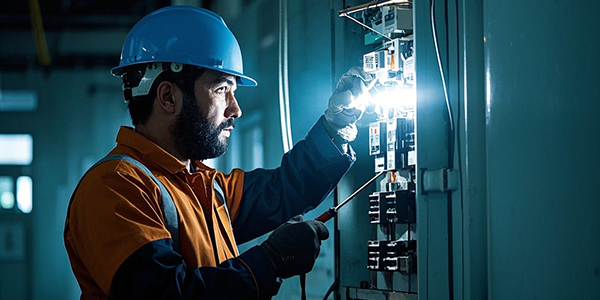Why add another component to an already expensive solar power system and incur additional costs? You might not want to overlook the solar combiner box from a reliable manufacturer. Compared to other pricey equipment, the combiner box costs less but offers numerous additional benefits for your system.
A solar combiner box merges the input energy into a primary feed line and then distributes it to the solar inverter. By reducing the use of wires, it lowers labor and material costs. It also comes with built-in overcurrent and overvoltage protection, enhancing the protection and reliability of your inverter.
Let's take a look at what a combiner box is, and the role it plays in your solar system.
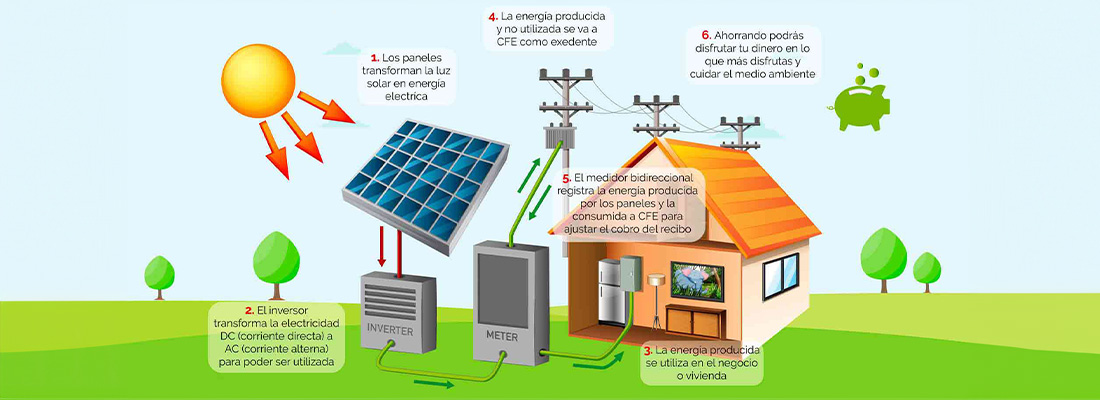
What is a Solar Combiner Box?
A solar combiner box is one of the key components in a solar power generation system, playing a critical role in the photovoltaic array. It is typically a specially designed junction box that series-connects multiple solar panels or solar panel strings and combines their current into a main feed line.
The primary function of the combiner box is to collect and distribute the DC power generated by solar panels. By connecting multiple solar panels in series, the combiner box can maximize the current output and ensure the stability and efficiency of the system. In addition, it has protective features such as overcurrent protection and overvoltage protection to ensure the safe operation of the system.
Apart from collecting current and providing protection, the solar combiner box also undertakes monitoring and diagnostic tasks. It can monitor performance parameters of the solar panels in real-time, such as voltage, current, and power output. This provides real-time monitoring of the system operation status to detect any faults or abnormalities promptly.
In large solar photovoltaic arrays, the combiner box plays a crucial role. It effectively manages and controls the current output from multiple solar panels and transmits it to the solar inverter for power conversion. Plus, the combiner box simplifies the system's wiring and offers convenient wiring and connection methods.
For small photovoltaic systems, the solar combiner box also holds significant importance. It helps optimize current output, simplifies wiring, and provides support for system monitoring and fault troubleshooting. The solar combiner box is a powerful and indispensable component, ensuring the efficient operation and reliability of solar power generation systems.

What is the Role of a Solar Combiner Box?
The role of a solar combiner box is to combine the outputs of multiple solar strings together. It merges the current input through fuses onto a single wire, which is connected to the inverter. Each series wire is connected to a fuse terminal. This is the most basic type of combiner box, but once installed in a solar project, it usually comes with additional features. These extras include disconnect switches, monitoring devices, and remote rapid shutdown devices.
It is similar to a junction box, securely connecting multiple wires and cables at different entry points within an electrical enclosure. The solar combiner box combines the outputs of multiple photovoltaic module strings and connects them to the inverter. It typically includes input overcurrent protection fuse assemblies for multiple strings. The number of strings can range from three to fifty-two.
The solar combiner box may also include string monitoring hardware, surge protection devices, and DC disconnect devices among other components. Choosing the best solar combiner box requires a comprehensive understanding of the job site and difficulty level. You should also be familiar with other components and how they interact with the combiner box. The solar combiner box is a crucial component to ensure the efficient operation of the solar power generation system.
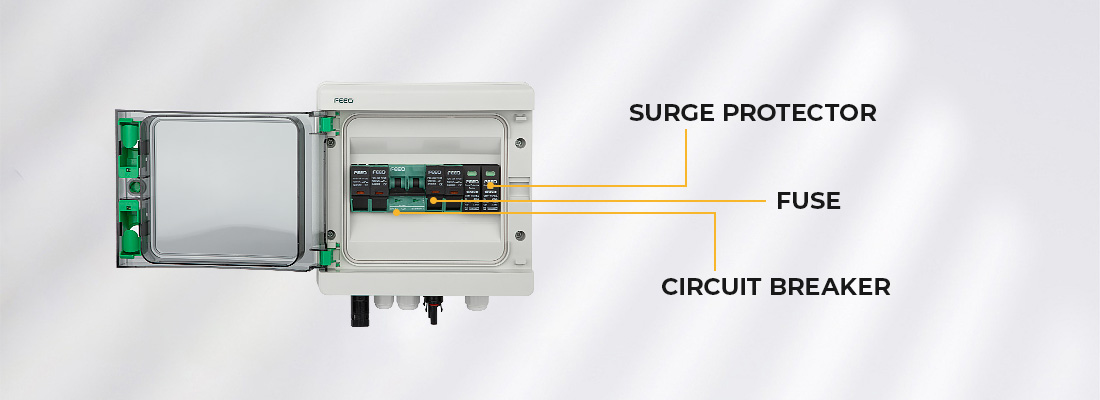
Factors to Consider When Choosing a Combiner Box
When choosing a solar combiner box, consider the following factors:
1.Enclosure Type and Quality: Solar combiner boxes are typically housed in external enclosures. Common enclosure types include NEMA 3R, NEMA 4 steel, and NEMA 4X non-metallic enclosures. Choose an appropriate enclosure type to protect the combiner box from moisture and water ingress, depending on local weather conditions, particularly in areas with high humidity or frequent humidity fluctuations. Consider installing a breather or condensation vent to balance the pressure inside and outside the enclosure.
2.Safety and Protection Features: Ensure the solar combiner box has safety features like overcurrent protection, overvoltage protection, and short circuit protection to protect the system from potential risks such as current overload, overvoltage, or short circuit. Consider the sealing and waterproof performance of the enclosure to ensure reliable operation of the system in harsh weather conditions.
3.Reliability and Durability: Choose a solar combiner box of high quality and reliability to ensure its long-term stable operation. Consider the durability, anti-corrosion, and corrosion resistance performance of the enclosure to adapt to different environmental conditions.
4.Convenience and Flexibility: When thinking about solar combiner boxes, consider the ease and flexibility of wiring and cabling, to streamline the installation process and minimize the quantity of cables and connectors. Simultaneously, choose a combiner box that provides flexible setting options and customization capabilities to accommodate various project requirements and expansion plans.
5.Adherence to Standards and Certifications: Confirm that the solar combiner box you select complies with the relevant safety standards and certification requirements, such as those set by the International Electrotechnical Commission (IEC). This compliance ensures that the chosen combiner box's quality and performance are up to industry standards.
6.Cost and Availability: Reflect on the cost and availability of the combiner box, making a judicious decision based on your budget and project needs. Pre-fabricated solutions are typically appropriate for residential building installations, but customizable features can bypass the need for unnecessary purchases, thereby saving time and money.
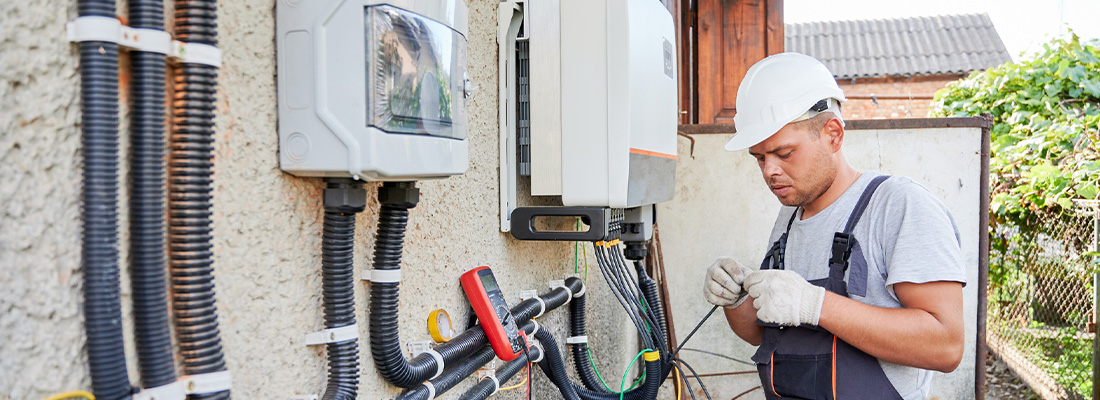
Where Should the Solar Combiner Box Be Installed?
The placement of the solar combiner box is a significant factor to consider. The following elements should be taken into account when choosing the installation location:
Initially, the best installation location is on a north-facing wall, ideally shielded from direct sunlight. As prolonged exposure to sunlight can raise the temperature inside the combiner box, choosing a shaded, north-facing wall can mitigate direct sun exposure, thereby safeguarding the performance and lifespan of the internal components.
Secondly, it's best to avoid placing the solar combiner box directly in the sun, particularly in high-temperature and high-radiation environments. Extended exposure to high heat can potentially damage the performance of the combiner box's internal components. Hence, in choosing the installation spot, areas with extreme sun exposure should be avoided.
Good ventilation is also a critical consideration for the installation location. Ensure that the installation site has ample ventilation to assist in heat dissipation and maintain a suitable temperature within the combiner box. Adequate ventilation can effectively lower the box's internal temperature and help preserve the performance and lifespan of its components.
Furthermore, select an installation site with sufficient workspace. This will facilitate installation and maintenance tasks and aid in on-site wiring. Larger distribution boxes can offer more workspace, thereby simplifying on-site cabling.
Lastly, consider the practicability of cable routing. The solar combiner box should be installed between the solar panels and the inverter to reduce power loss as much as possible. Choosing the appropriate installation location can decrease the voltage and power loss in the DC system, thus cutting down the DC system's costs.

Conclusion
In conclusion, the solar combiner box is an irreplaceable core component in the solar power generation system. Its functions include collecting current, offering protection, monitoring, and diagnostics, providing crucial support for the efficient operation and reliability of the system. Selecting the right solar combiner box and installing it correctly can enhance system performance, cut costs, and contribute to the sustainable exploitation of clean energy. As a professional electrical company, we dedicate ourselves to providing clients with superior solar solutions, including solar combiner boxes. Please don't hesitate to contact us for more information and to join us in achieving sustainable energy goals.
